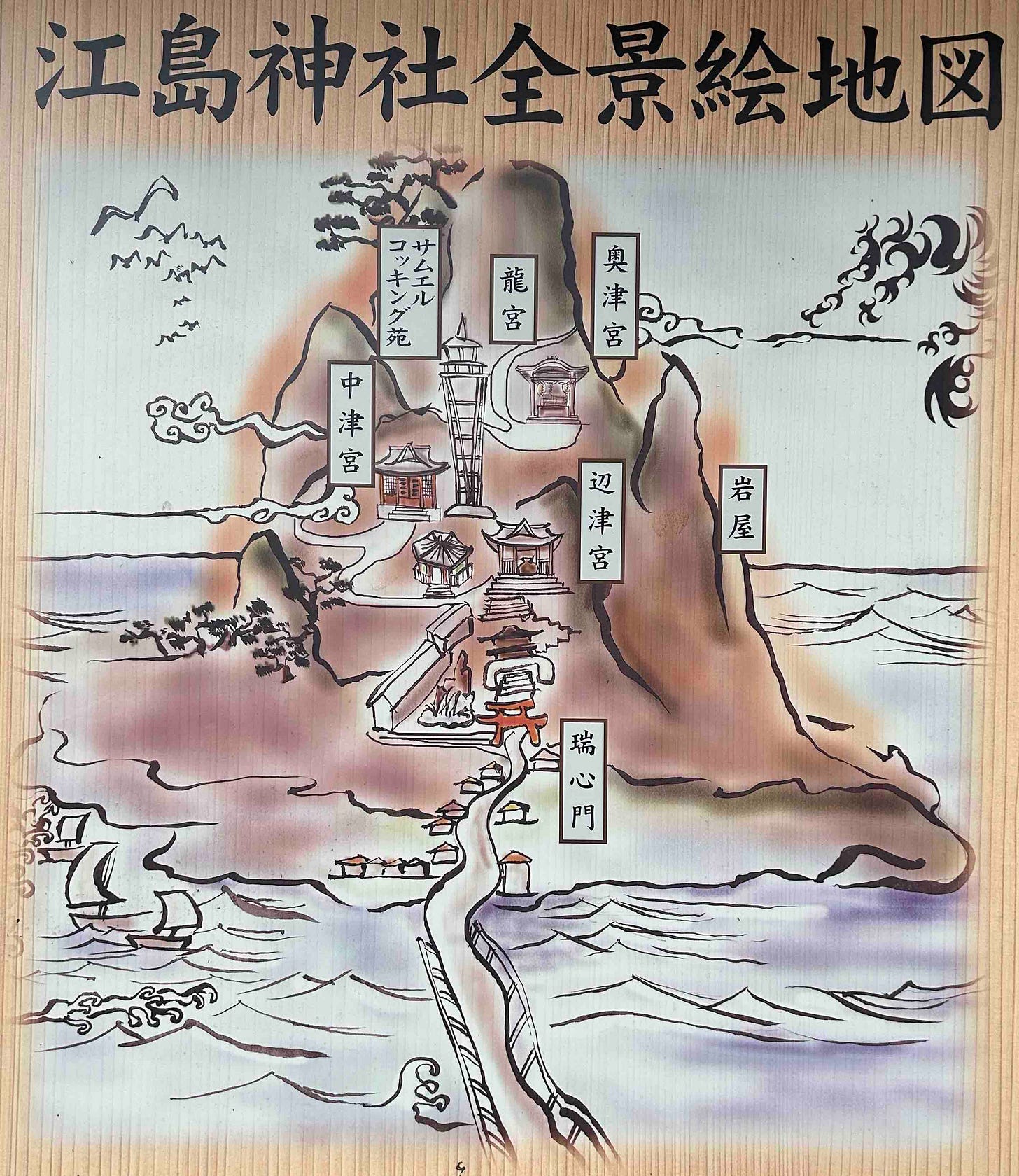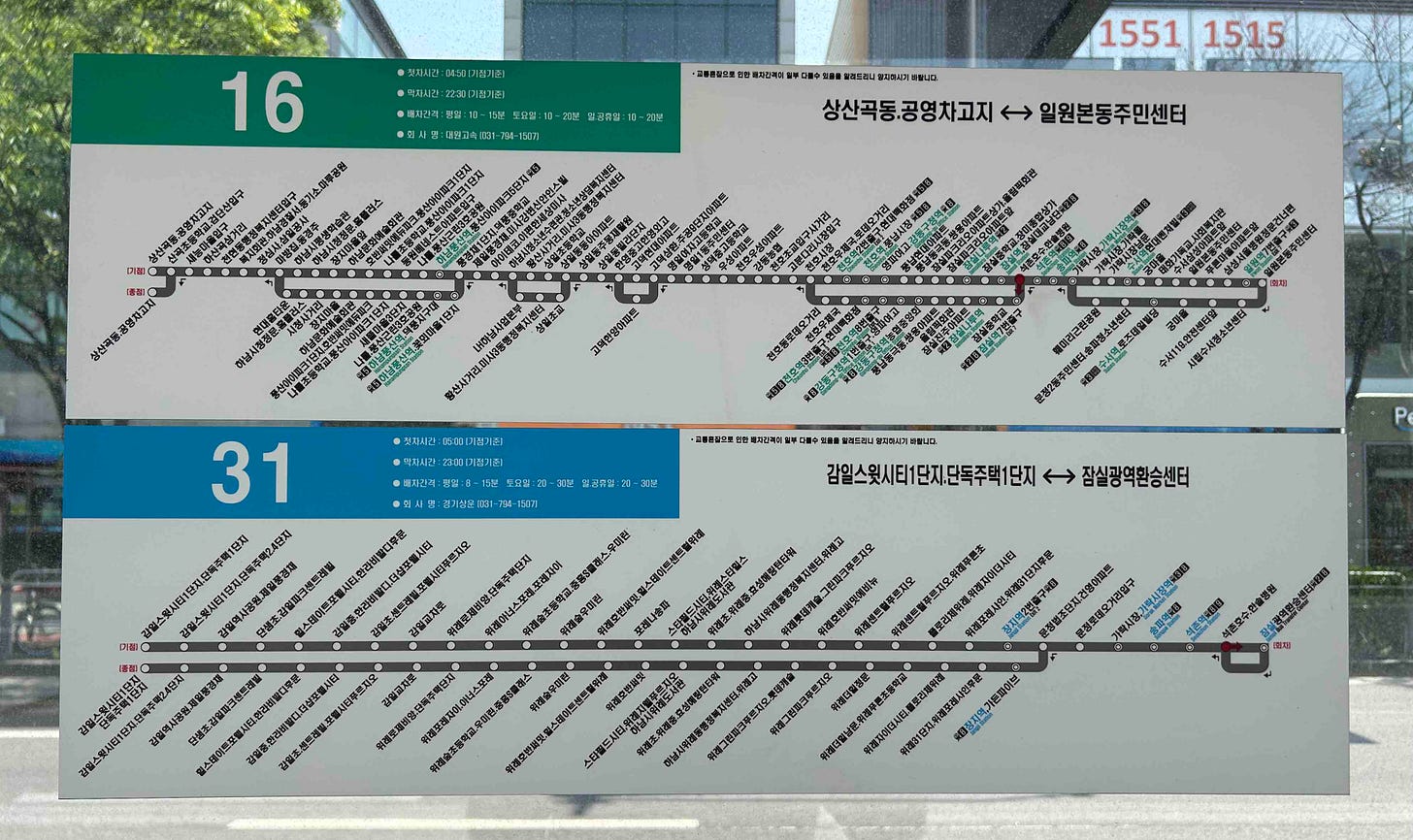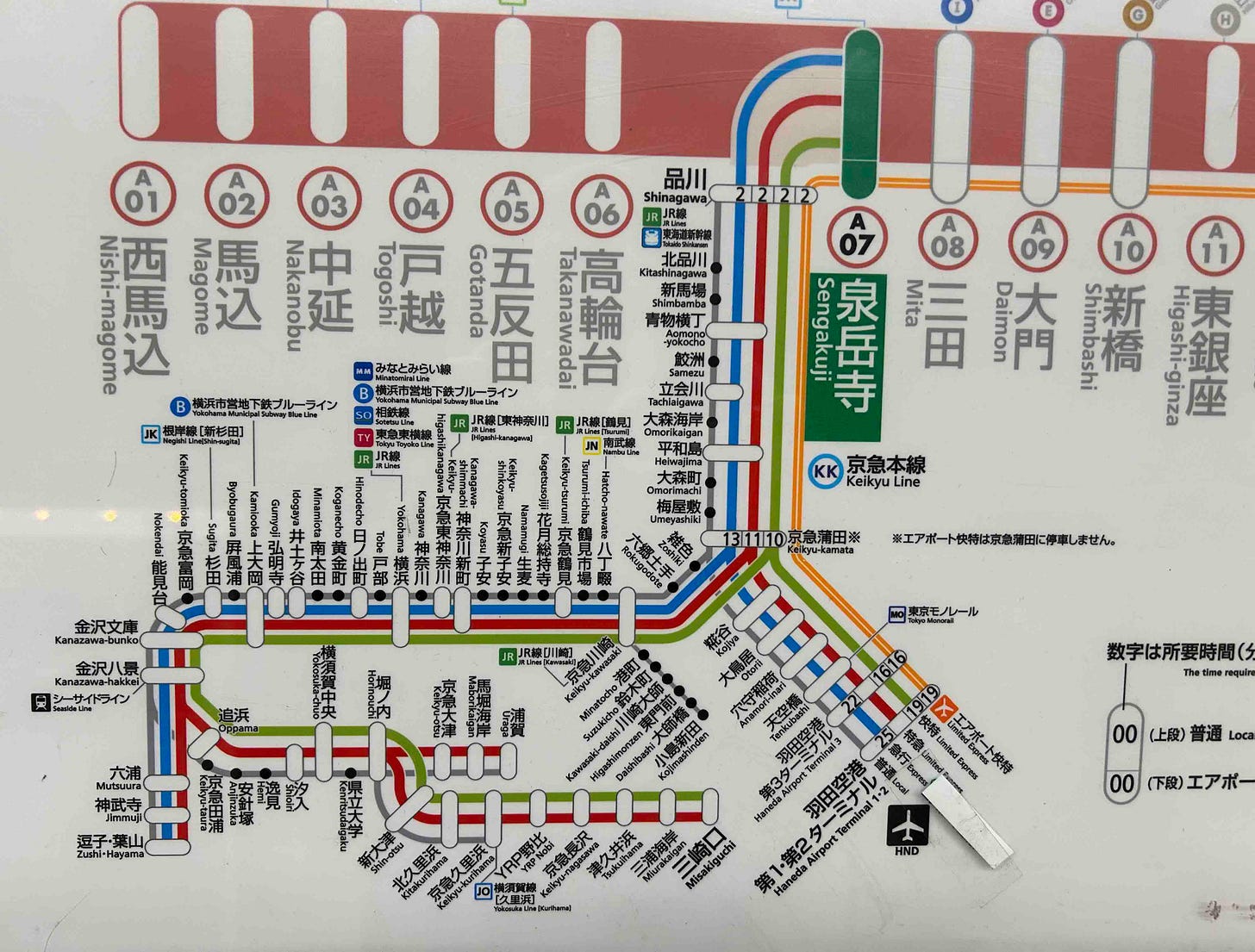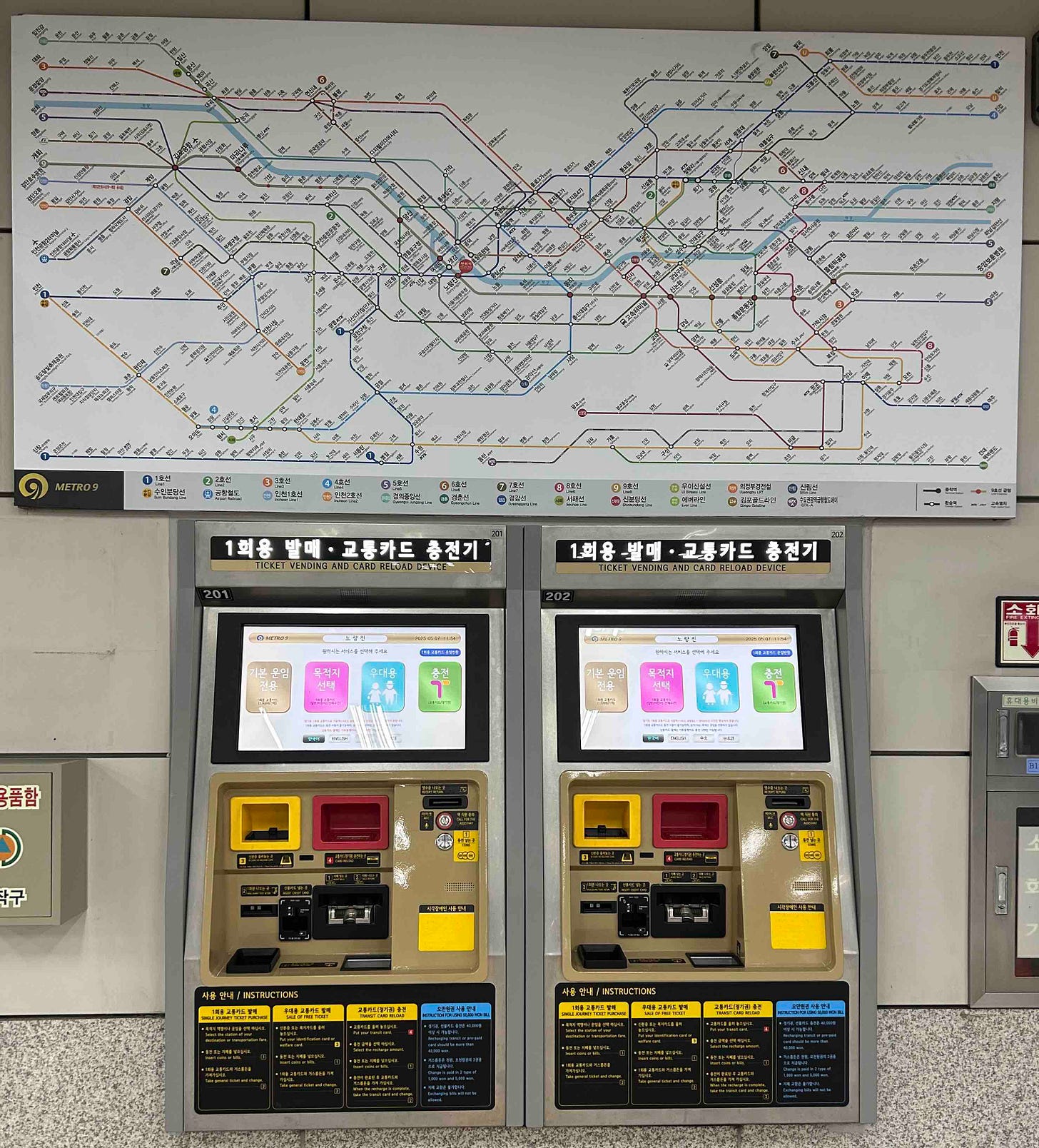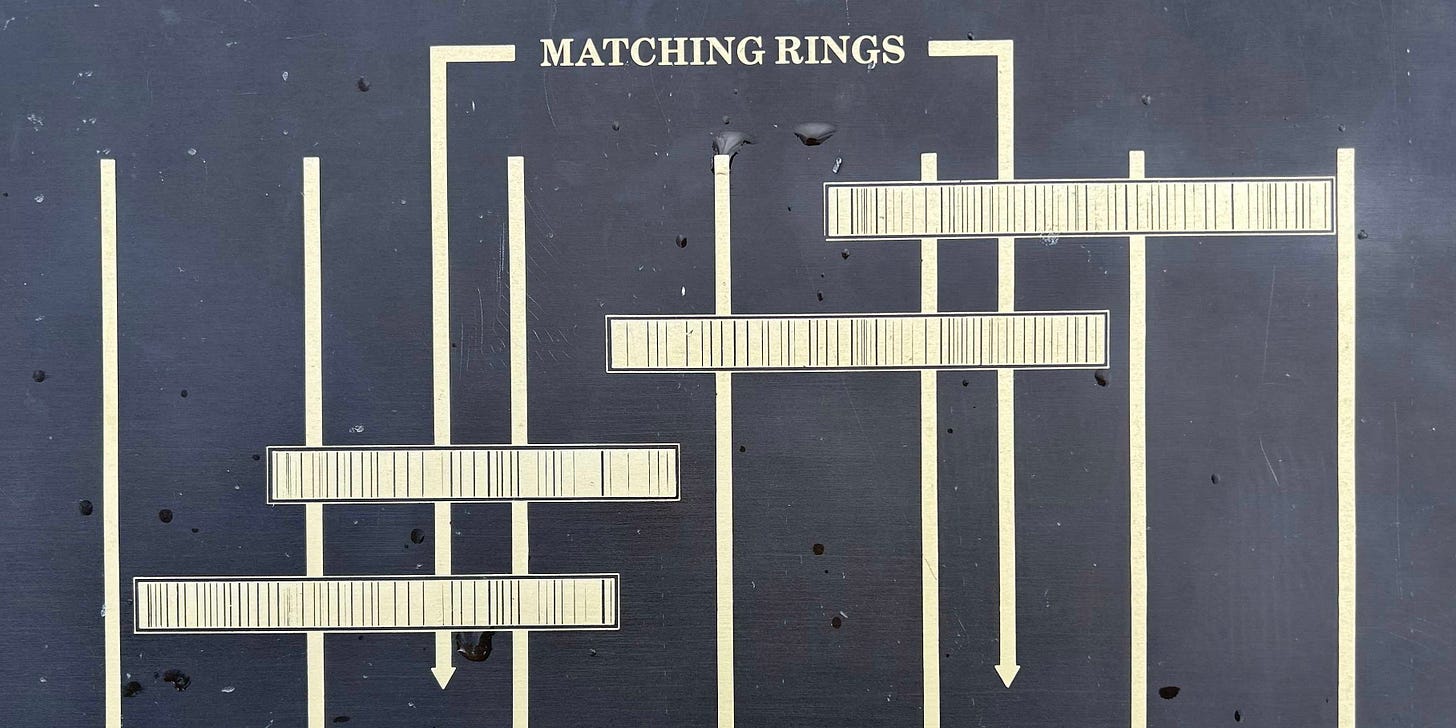Counting with Rings
One Ring to See Them All, One Ring to Mind Them, One Ring to Count Them All and in the Darkness Find Them
Confidentiality Note & Disclaimer: This former top secret file of the Travel Superlight Agency is now unclassified. However, the Agency takes no responsibility for any harm that results from the release of this information, and denies that the work of Agent J, or that of any other field agent it employs in its mission to perfect the art of ultralight minimalist traveling, will actually help anyone at all.
Hi K. Greetings from Seoul. Yes, I’m still alive. Sorry it’s been a while. I’ve been diving in super deep on this assignment. Just can’t get enough. Please relay to Agents R and W that Seoul was a great choice…Here’s another Tech Memo to throw in the hopper.
###
Tracking
MISSION: J35753-2025C
DCN: 7389994
TDY: SEOUL, SOUTH KOREA
DATE: 2025-05-05
TIME: 7:21 AM KST
TO: ALL FIELD AGENTS
FROM: AGENT J
CC: AGENTS R,W,K
SUBJECT: TECHNIQUE MEMO 213 - COUNTING WITH RINGSRelevant Class
SEMINAR: FOREIGN PUBLIC TRANSPORTATION NETWORKS
INSTRUCTOR: AGENT W
CLASS: ON-BOARD NAVIGATION SYSTEMS
CLASS NO: AWT-155Challenges
Riding trains, subways, and buses in a large metropolitan world city is often confusing. Factors such as difficult-to-decipher written and spoken foreign languages, a lack of offered translations, muffled overhead announcements, translation tools not at the ready, and navigation systems on phones either not working well due to a lack of good coverage or being temporarily disabled while traveling in airplane mode can all contribute to difficult travels.
Driven by an obvious desire to get off at the right stop without first needing to take crash courses in a new foreign language, one is compelled to come up with a system that allows for successful navigation through a spider web of transit systems without first needing to comprehend local dialects in either written or spoken forms.
The problem is compounded by a train or bus carriage that’s overstuffed with passengers who may be sitting, standing, or otherwise crouched up in the back corner blocking access to any semi-useful maps or signs posted on the walls. Furthermore, whether traveling by train, bus, light rail, or another form of public transportation, navigating through a congested and tortuously narrow maze of people to find the exit all before the clock ticks down and the dreaded door closing jingle begins is stress inducing to say the least.
Other on-board distractions and movements can make it difficult to keep track of where you are in time and space while on the move. With the added curveballs of vehicles swaying back and forth, sudden accelerations and braking seemingly at whim, captivating scenery frantically whizzing by, fascinating people watching all around you, blingy advertisements constantly catching the eye, an all too easily accessed distraction device (otherwise known as a phone) in your hands begging you to play a few games or catch up on the endless kerfuffle of your social media feed, and a string of regularly scheduled free little concertos of tunes, tones, and background jingles accompanied by unintelligible vocals that even the most careful listeners would struggle to understand, it should come as no surprise that becoming completely disoriented is all too easy as you try to make your way to your intended destination.
The basic problem becomes losing track of which one of the next stops is yours. If the direct cause is not one of the myriad of reasons described above, it’s likely due to a healthy mix of ignorance, confusion, unfamiliarity, jet lag, and sometimes even just plain forgetfulness. Regardless, the net effect is the same: losing one’s bearings and getting completely turned around, both literally and figuratively. For some, this provides the added flair and excitement of another wonderful adventure. But for many, it adds unwanted anxiety and confusion to an already stressful trip.
What this all begs is an effective technique that allows one to be smarter about traveling in such situations.
Observations
Now that almost all of us carry smartphones everywhere, navigation often seems simple when starting out the day. With the detailed schedules of so many foreign public transportation systems now accessible through the internet, navigation tools are making it fairly simple to piece together a route, sometimes over multiple modes of transportation, to most efficiently and inexpensively reach your destination. More advanced systems offer real time information as to the current location of your ride with constantly updated expected arrival times.
Phone navigation apps that are capable of displaying public transportation options are especially useful when traveling abroad. When enabled, these apps will often show helpful information on route numbers, departure and arrival times, transfer points, number of stops remaining, and which of the many station exits will bring you closest to your destination.
One of the best travel hacks to conserve battery life is to keep one’s phone in airplane mode while in transit. It’s not just for airplanes anymore. To completely disconnect from society, it works just as effectively on terrestrial transit systems no matter whether one is traveling by train, bus, subway, horse carriage, or foot scooter. A major drain on your cell phone battery is its persistent search for nearby WIFI networks, GPS coordinates, and cell towers as it constantly tries to figure out where it is in time and space at any given moment. It’s no wonder that you too are draining your own mental battery as you try to find your way through a complicated foreign transit system.
However, briefly enabling your phone to open a navigation app while in transit allows you to take a screenshot of the route including specifics like route IDs, stop names, and a running tally of the number of stops to a destination before closing the app and turning on airplane mode again for the remainder of your time in transit. Subsequent use of the phone to refresh your memory with the screenshot picture you just took and review route specifics will consume very little of your phone’s battery.
With the sometimes insurmountable challenge of not recognizing the names of stops either by sight or sound, a more practical technique for on-board navigation is to keep tabs on the number of remaining stops until one reaches their destination. It would behoove the savvy traveler, therefore, to come up with a system that would allow one to simply and accurately count the stops as they come without being so distracted as to miss the wonderful blurry stream of stimulus offered by so many of the world’s public transportation systems.
Solutions
The best solutions for the many challenges faced by ultralight minimalist travelers often come in the form of repurposing something they’re already carrying. It just so happens that one of the best tools that can be used to successfully navigate around foreign transit systems may already be at one’s fingertips.
Lo and behold, the finger ring. All it takes is a simple ring to keep track of where one is within a transit system. Many travelers already own at least one ring that could be readily put to use. What better tool might there be than something that’s been right there in front of them the whole time?
Using a ring to help count the stops is an easy way to avoid having to otherwise learn unwieldy names of train stations and bus stops that may be difficult to read, pronounce, or otherwise understand. Wearing at least one relatively loose fitting ring can be very helpful in this regard.
As one moves from station-to-station along a transit system, a ring may be easily marched along the fingers of one’s hands to provide a convenient way of keeping track of the number of stops without needing to know their actual names. At each stop along the route, one simply moves the ring down to the next finger in line. Of course, this requires the traveler to know ahead of time the total number of stations to the desired destination, but this can be done before boarding when one has more time to study such things.
Simply put, when the ring moves to the designated finger that corresponds with the stop number you’re looking for, then you’ll know it’s time to get off. The method’s a great way to avoid the mental burden of trying to keep count in your head, allowing you to better soak up your surroundings as you zip through the stunning kaleidoscope of an unfamiliar foreign city.
Having now tried this approach on several foreign transportation systems, there have been some lessons learned that I’d like to share.
First, adopting a consistent pattern in ring placement on one’s fingers is important for accurate accounting on the fly. The finger and hand one starts with should always be the same. And the direction that the ring travels as it hops from finger-to-finger should also be the same. In this way, one can avoid the confusion as to which finger represents which stop.
Second, I’d recommend switching the position of the ring at a consistent marker in the system to avoid second guessing whether one’s already moved it. For example, one might choose to move the ring every time a certain jingle starts to play as a train approaches a station. Or perhaps, every time that a bus opens its doors at a new stop. Another method which gives one just enough time to get ready to exit, is to move the ring onto a new finger as soon as one sees a new station come into view. The important thing is to pick only one method and don’t change it midstream.
Finally, wearing a loose fitting ring is important, one sized to fit at least partly on each of the fingers of your hands, including your thumbs.
Because most people come equipped with only ten fingers, a second ring is sometimes helpful to count an even greater number of waypoints (e.g., 30, 40, 50 stops). The second ring, placed deeper on the finger than the first, is used to count the stops by tens. Using these two rings together allows one to count practically any number of conceivable waypoints. A mini abacus always at the ready!
So, yes, go out and buy those souvenir rings you’ve been eyeballing. They’ll not only give you great pleasure to wear and look at every day, but just maybe they’ll be useful tools as you travel through this awesome big wide world of ours.
###
K - please do your regular magic on the above and let me know if you have any questions. This one can wait until I’m back at HQ in case you’re backlogged.
Hopefully, no one out there takes this too seriously. I developed this as a favor to Agent W for his AWT-155 class. He was starting to panic that he didn’t have enough on his syllabus. We both know that getting turned around is often part of the fun but, of course, you’d never say that in an official Technique Memo release for a class on navigation. Shhhhhh…
BTW, I’ve got some ideas brewing on ultralight ring designs for Agent P, but I need someone with style to look it all over. Got time when I get back? Don’t worry, I’ll brace myself for all the harsh criticism you’re sure to dispense. In the end, we’ll both know that we each had our hands and fingers in Agent P’s cutting-edge work (insert one of your infamous eye rolls right about here).
See you at Mission Debrief in a few weeks. Just look for the only field agent fiddling with his finger rings. That’ll be me.
감사합니다
gam-sa-ham-ni-da
J



